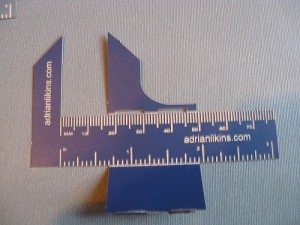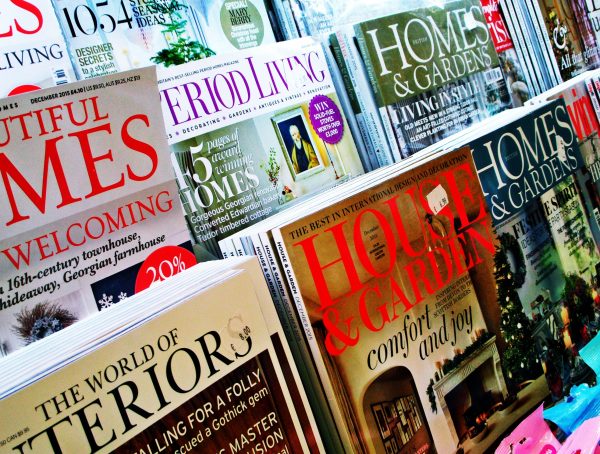 “They identified someone else with my name on the screen.”
“They identified someone else with my name on the screen.”
Every news director dreads hearing from upset viewers when the seemingly simple facts of a news story somehow end up being wrong. Ask any journalist and he or she will tell you that accuracy is a fundamental value. University journalism programs teach it, codes of ethics preach it and, in most cases, the audience demands it. Overall, the public gives the newspaper and television industries low marks for accuracy, but a NewsLab research study has come to a split decision. The study found that the level of factual accuracy for individual news stories in one market is relatively high, at least in the eyes of the people who should know best–the sources. Yet those same sources were much more critical of the overall accuracy of the stories.
The person whose name was mixed up with someone else’s was interviewed by a local TV news reporter in Cleveland. The error turned up when researchers from Kent State University randomly selected news stories from the Cleveland market and sent questionnaires to people who appeared on camera (see How the survey was conducted). We asked them a simple question–was the story accurate? The answers were not quite that simple.
Some errors may be inevitable. As anyone who has ever worked in a newsroom knows, given the amount of information that needs to be processed, it’s a wonder that the news is as accurate as it is. But if stations have a zero-tolerance policy for factual mistakes, then even a single error is one too many.
In our study, the people interviewed by Cleveland television stations said the newscasts were mostly correct when it came to factual information like name, age, date or location (see table A). For example, two percent or less reported problems with people’s names (mispronounced, misspelled or misidentified). Six percent of the people surveyed said the station got their job title wrong. And 12% reported some other factual error in the story, for example, reporting that someone worked “around the clock” when they, in fact, did not. Producers and tease writers aren’t off the hook, either. Eighteen percent of the sources said the introduction to the story was inaccurate.
Are these other factual errors insignificant – sort of the cost of doing business for journalists? Not according to the news sources who rated these mistakes as among the most serious (see table B).
Can a story be “accurate” but not quite “true?” Here’s where the results are troubling.
Television news is highly competitive; its reliance on slick production values can sometimes heighten a story’s excitement. In our survey, one person in three said that important information was left out of a story; one person in five complained that his or her interview was taken out of context, and nearly one in five thought the coverage of the particular event was both overblown and sensationalized (see table C). “I don’t think they want accuracy,” said one source. “They’re just looking for something that sells.” Another added, “If it bleeds, it leads. If it doesn’t bleed, it gets cut.” Even when you factor out the people who questioned a story’s accuracy because they had some sort of an axe to grind, you’re still left with a troubling number of people who got a bad taste from their journalistic experience.
Still, the numbers do contain some good news for broadcast journalism. Eighty percent of the people surveyed thought their interviews were placed in the proper context in the story and were not overblown or sensationalized. And the sources we surveyed perceived all five Cleveland TV stations to be more credible than the two newspapers that serve the Cleveland-Akron metropolitan area (see table D).
So does this mean that TV newscasts are accurate enough? Accuracy is not something that happens automatically. It must be built into the operational system of the newsroom, and too often, as a separate NewsLab study found, it is not. Stations also need a systematic way to measure it – even if it is just an occasional telephone call to a randomly selected person who was interviewed. Accuracy and fairness are not necessarily the same thing, but they are two sides of the same coin. Journalists need to make sure that their stories are fair and balanced as well as compelling and highly promotable. News managers also need to listen. Too many get caught up in the newsroom’s institutional environment and forget that stories affect real people. Besides, it’s easier to be accurate in the first place than to make corrections later. Sources understand that, too. In the words of one, “It (the story) was better than I expected, and better than some other media treatment of the same story. I have learned there is no point in arguing with news directors after a story runs.”
How the survey was conducted: Researchers at Kent State University taped television newscasts on the five local stations in Cleveland, Ohio, and randomly selected 100 people who were interviewed for TV news stories. Subjects were sent videotapes of the stories and asked to rate their accuracy. Eight five people responded. The questionnaire was based on a similar set of questions asked of newspaper readers by University of North Carolina researcher Phil Meyer. The NewsLab study is the first time these questions have been asked of people who were interviewed for television news. The research was conducted by Professors Gary Hanson and Stan Wearden at Kent State.
References:
1.Gary Hanson is a 25-year veteran of television news. From 1984 to 1997 he was News Director of WKBN, the CBS television affiliate in Youngstown, Ohio. He now teaches journalism at Kent State University.
2. Table A: Factual errors
Incomplete interview 41%
Introduction inaccurate 18
Other factual error (mostly factual content errors) 12
Job title wrong 6
Wrong name 2
Misspelled name on screen 2
Mispronounced name 1
Time of story wrong 1
Typo on screen 0
Address wrong 0
Age wrong 0
Location wrong 0
3. Table B: Seriousness of the errors (scale 1 – 7; 7 = Major error)
Job title 5.40
Other factual error 4.90
Incomplete interview 3.73
Time of story wrong 3.00
Mispronounced name 3.00
Misspelled name on screen 3.00
Wrong name 3.00
Introduction inaccurate 2.43
4. Table C: Was the story misleading or out of context?
Important information left out 34%
Interview out of context 20
Event was less important 17
Story was sensationalized 16
Story was understated 11
Other interviews out of context 10
Event was more important 9
Numbers were misrepresented 8
Other interviews were distorted 7
Story was exaggerated 6
My interview was distorted 6
Other errors 3
5. Table D: Credibility (scale 1-7; lower number better)
WKYC-TV (NBC affiliate) 2.72
WEWS-TV (ABC affiliate) 2.76
WJW-TV (FOX affiliate) 2.87
WOIO-TV (CBS affiliate) 2.76
WUAB-TV (UPN affiliate) 2.92
Plain Dealer 3.73
Beacon Journal (Akron) 3.33
News magazines 3.44
Radio 3.36
Internet 4.05








